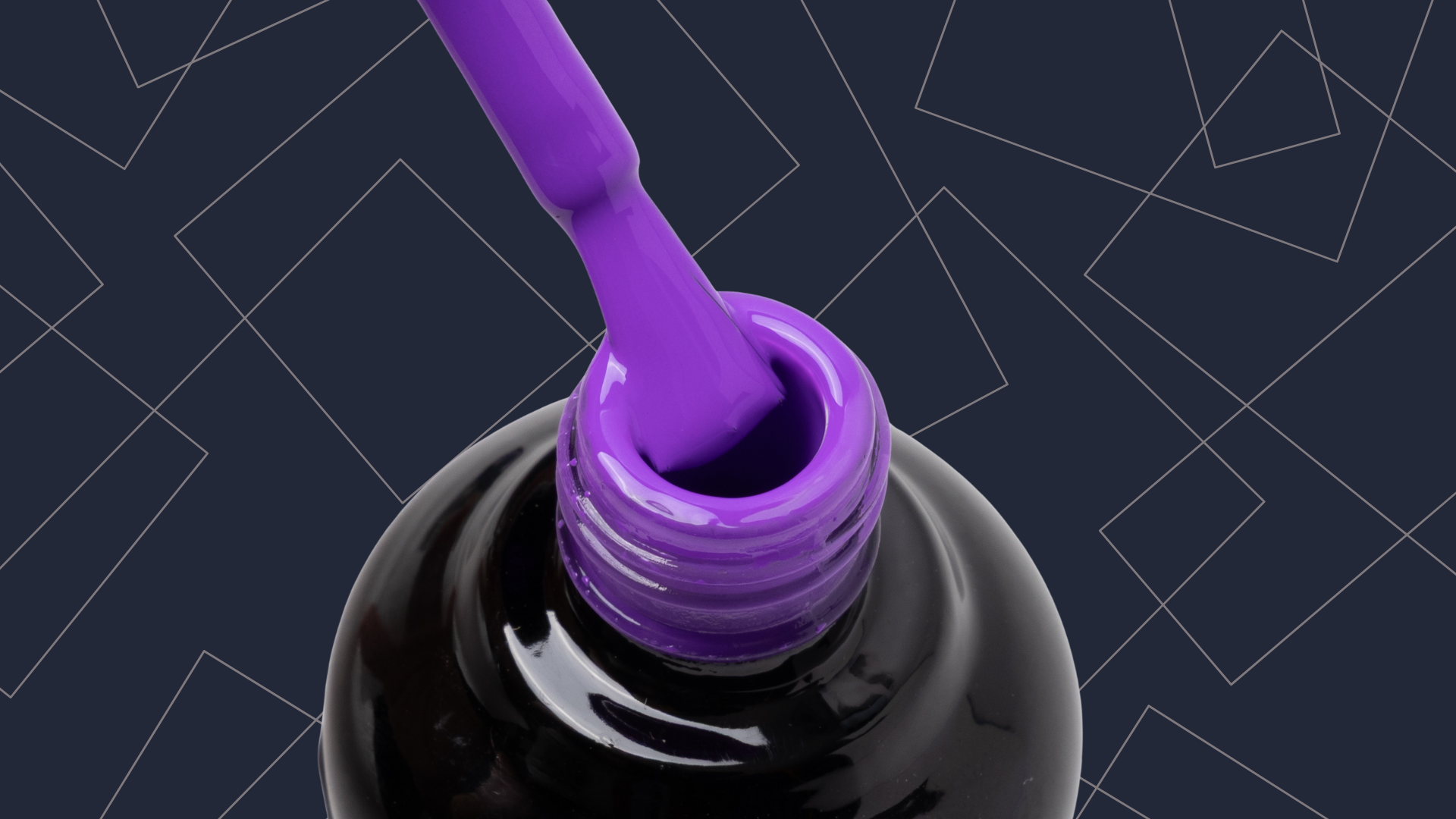Why I Personally Test Every Nail Product Before It Reaches Clients
Since opening my salon, I’ve held onto one firm principle: I never allow any product to be used on a client unless I’ve tested it thoroughly on myself first.
I need to feel how it performs — how it applies, how long it takes to cure, and whether it actually adheres to the nail properly. Only after I’ve personally tested it, I ask my staff to try it too, across different nail types and techniques.
To me, it’s simple logic: if a product can’t pass the standards in our salon, it won’t survive out there with real clients either.

There are plenty of products that sound impressive at first — beautiful packaging, appealing scents, smooth textures.
Yet the moment you apply them to a real hand, problems become clear. Sometimes it causes a burning sensation, or the apex doesn’t hold its shape, or worse, the product starts lifting within just a week.
I often go so far as to apply an old product on one hand and the new one on the other, just to compare directly. Whenever a client with thin or weak nails is involved, I always tell my team to be cautious, as I won't risk testing an uncertain product on them.
Our Salon’s Product Testing Process
Whenever a new product arrives, I follow this step-by-step process:
- Start with the most essential types: base coats, builders, or gels that directly affect the nail bed.
- Test the product myself on both practice tips and returning clients with refill appointments.
- Observe its consistency, curing time, adhesion, and behaviour over the course of 1 to 3 weeks.
- Take notes on areas where the product struggles and whether technique adjustments are needed.
- Ask clients directly: did it feel hot, did it feel heavy, was there more breakage than usual?
- Gather honest feedback from staff: did it flow well, did it self-level, was it easy to blend?
Why I Don’t Rely on Online Reviews
I’ve learned not to rely too heavily on online reviews or demo videos.
In reality, the conditions in your salon can be completely different. For instance, I’ve seen builder gels that look flawless in tutorials, but when applied in our salon, they caused intense heat reactions and startled the client.
That doesn’t mean the product is bad — it might just be incompatible with our technique or timing. Either way, it’s important to recognise that early and stop before any damage is done.
For me, thorough testing is the most straightforward way to protect the salon’s reputation.
One Example That Taught Me a Lesson
There was one occasion I remember clearly: a new builder gel was making waves online, but I held off on launching it.
I tested it on five different clients over four weeks. The result?
- Two experienced lifting
- One had a diagonal break
- Only two maintained their nails
That was enough evidence for me that the product wasn’t suitable for wide use in our salon — at least not without retraining or reworking the technique.
What’s more, if anything goes wrong, it’s on me to fix it — it’s never just “use and forget.”
Final Thought
At the end of the day, as a salon owner, I simply can’t take marketing claims at face value.
I must be the first to test it, and it must be tested on real nails, real clients, in real conditions.
Only when the product proves itself in our environment will I consider bringing it in officially. That’s how we maintain quality, avoid problems, and protect our name — one careful test at a time.
